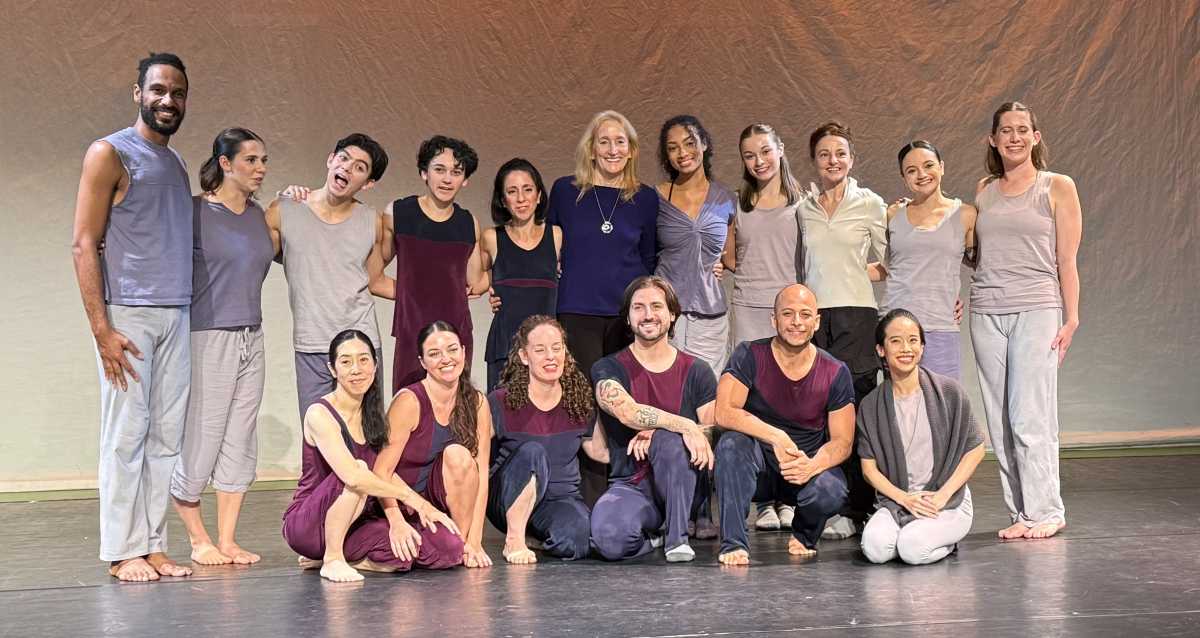Signs It Could Be Time to Move to an Assisted Living Facility

Assisted living facilities provide a vital service to families across the globe. In fact, more than 800,000 people in the United States are currently living in assisted living facilities, according to a 2023 report from Zippia, an online recruitment service that gathers information from the Bureau of Labor Statistics and its own internal data.
The decision to move oneself or an aging relative into an assisted living facility is complicated. Though such facilities typically offer an excellent standard of care, it can still be bittersweet for an individual to leave his or her home. It also can be difficult to identify when is the best time to make such a transition. Though each individual case is unique, the following are some indicators that the time might be right to move oneself or an aging loved one into an assisted living facility.
Emotional Challenges: The National Council on Aging notes that certain emotional challenges may indicate the time is right for an individual to move into an assisted living facility. The NCOA encourages individuals making such a decision independent of others to ask themselves if they are experiencing feelings of loneliness or depression. Assisted living facilities can provide much-needed social interaction that seniors may not be getting at home. If feelings of loneliness or depression are present, then the time might be right to make the move to an assisted living facility.
Physical Challenges: Many individuals move into assisted living facilities because the physical challenges of daily life have become too significant to handle alone. The NCOA notes that individuals who are feeling overwhelmed by tasks such as buying groceries, cooking and cleaning may benefit from moving into assisted living facilities that handle such tasks for them.
Issues with Hygiene: The presence of additional challenges related to hygiene also may suggest a move to an assisted living facility may be beneficial. Staff at assisted living facilities can help adults who are struggling to bathe, dress themselves or use a restroom on their own. Family members can look for signs that a loved one’s personal hygiene has taken a turn for the worse. Issues with hygiene can be a byproduct of depression, and poor hygiene also can increase risk for infection and illness.
Injuries: The NCOA notes that falls or near-falls are another potential sign that a person can benefit from moving to an assisted living facility. Falls can hurt anyone, but they can be especially damaging to aging adults. For example, the National Institutes of Health report that falls may result in loss of independence, chronic pain and reduced quality of life. Assisted living facilities are often equipped with features to reduce risk of falls, such as grab bars in showers and bathrooms and even along corridor walls. In addition, assisted living facilities may be housed in single-story buildings or equipped with elevators, which means residents won’t be forced to navigate potentially dangerous staircases at any point during the day. Staff also can respond quickly if residents experience a fall, providing much-needed assistance that seniors living alone or with an aging spouse may not get at home.
Various signs may indicate that the time is right for individuals to move into an assisted living facility so they can more safely navigate daily life.
TIPS TO FIND THE RIGHT ASSISTED LIVING FACILITY
Millions of seniors across the globe benefit from residing in assisted living facilities. Such facilities feature well-trained and highly skilled staffs that can help aging men and women live full lives even if they’re dealing with cognitive and/or mobility issues.
The benefits of assisted living facilities are undeniable, but certain spaces may be a better fit than others depending on an individual’s unique needs. Choosing a facility may be up to the individual who will ultimately move in, but such decisions also have a tendency to be family affairs. Adult children of aging men and women often help their parents find a facility, and the following are some strategies families can employ to find the right space for adults who need some help with the tasks of everyday life.
Get Some Word-of-Mouth Recommendations: In its 2023 Local Care Survey, the National Council on Aging found that 63% of respondents utilized family and friends as a primary source of information on senior living options. Though it’s important that families recognize seniors have their own unique needs and certain facilities may be more experienced at handling certain conditions than others, word-of-mouth recommendations can still yield valuable insight into what life is like at a given facility. And such intel also can provide useful insight as to how well a facility is maintained and how much it prioritizes communication with family members.
Decide Where to Look: Proximity to family is an important consideration when choosing an assisted living facility. The NCOA notes that family members willing to drive 20 to 30 minutes outside of their immediate area may have more options to choose from than those who want something closer to home. When considering proximity, each family member involved in the decision should give thought to how likely they are to visit their loved one if the facility is a significant distance away from home. Assisted living facilities often go to great lengths to ensure residents socialize amongst each other, but seniors may feel there’s no substitute for visits from their own family members. So a facility that’s within a short drive of a resident’s relatives might make the best fit if all other boxes are checked.
Exercise Due Diligence: It’s best to visit as many facilities as possible before making a final decision. Such diligence can provide insight that can be highly valuable to any family, but especially those who have never before had a relative move into an assisted living facility. Families can visit multiple facilities even in urgent situations when seniors need immediate care. In such situations, enlist various adult family members to visit one or two facilities apiece, asking the same questions and taking notes at each one. Notes can then be compared during group discussions. This approach is efficient and ensures as many options as possible are given consideration before a final decision must be made.
Work with a Loved One’s Physician: If a loved one has a unique condition like dementia or greatly limited mobility, then his or her physician should be consulted. For example, physicians may know of a facility or facilities that excel in handling residents with dementia, and that insight can increase the chances a loved one gets the level of care he or she needs and deserves.
Assisted living facilities provide an invaluable service. Finding the right facility for oneself or a family member can be made simpler with various strategies.









